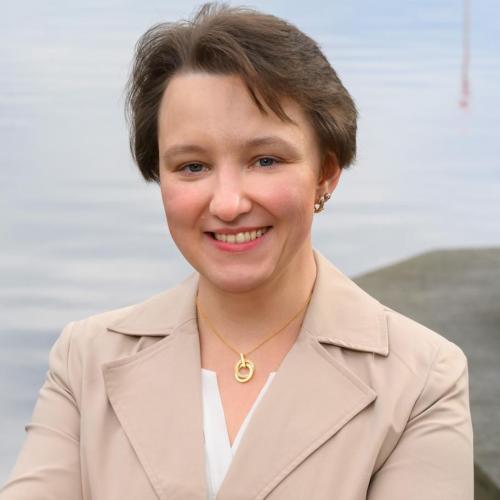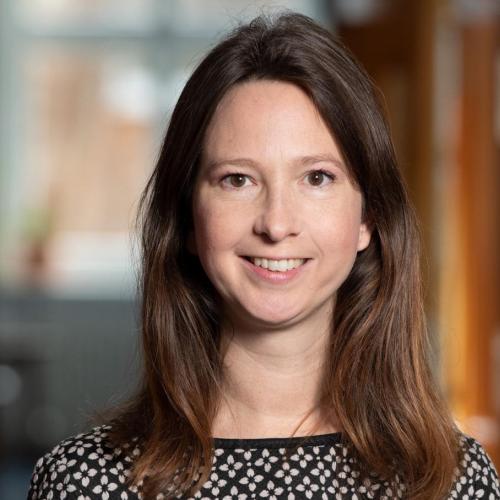Rivers in Times of War and Peace is an immersive pop-up installation that explores the role of rivers and water resources as weapons, victims, and catalysts for mediation in times of war and peace. Focusing on the Oder River, which flows through Poland, Germany and the Czech Republic, and the Dnieper River — an important symbol of Ukrainian identity — this interdisciplinary art-science installation brings together freshwater ecology, sound art, visual art and contemporary history to examine the role of rivers in human conflict and cooperation.
Marking 80 years since the end of World War II in Europe, the installation sheds light on the strategic use of rivers and water infrastructures in warfare, a topic that is often overlooked in political narratives. Rivers are revealed to be both targets and weapons in wartime strategy. Furthermore, they bear the legacy of war for many years after the conflict ends, a legacy that can be exacerbated by climate change. Nevertheless, Rivers in Times of War and Peace also celebrates the potential of rivers to regenerate, facilitate dialogue, and encourage transnational cooperation.
In the pop-up booth, visitors are surrounded by a soundscape composed of underwater recordings, vibrations, archival fragments, and contemporary voices from Germany, Poland, and Ukraine. Within this underwater-inspired sensory environment, you can contribute your own projections of historical and ecological perspectives. Engaging with this installation invites reflection on the dual nature of rivers as boundaries and bridges, and as threats and sources of life. Ultimately, the installation asks how we might reimagine and protect our shared waters in light of historical traumas and current crises.




